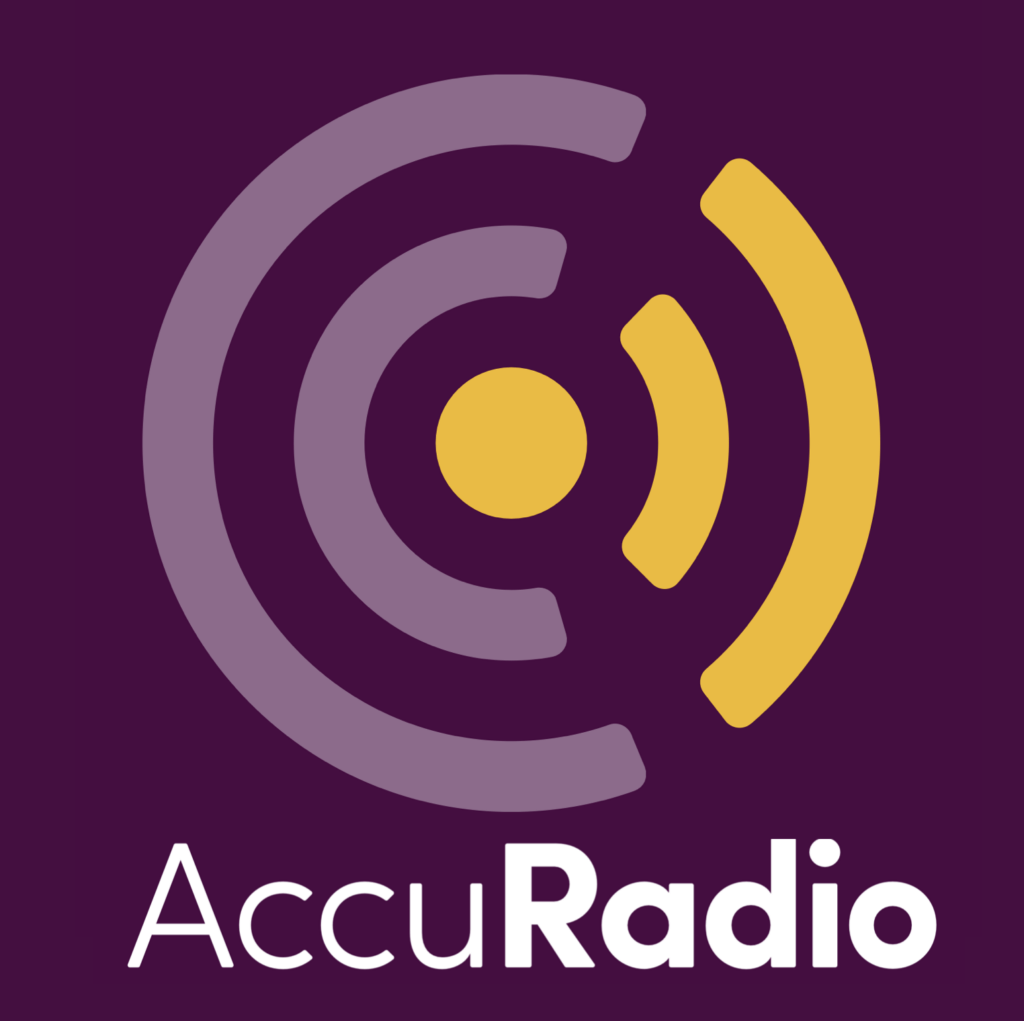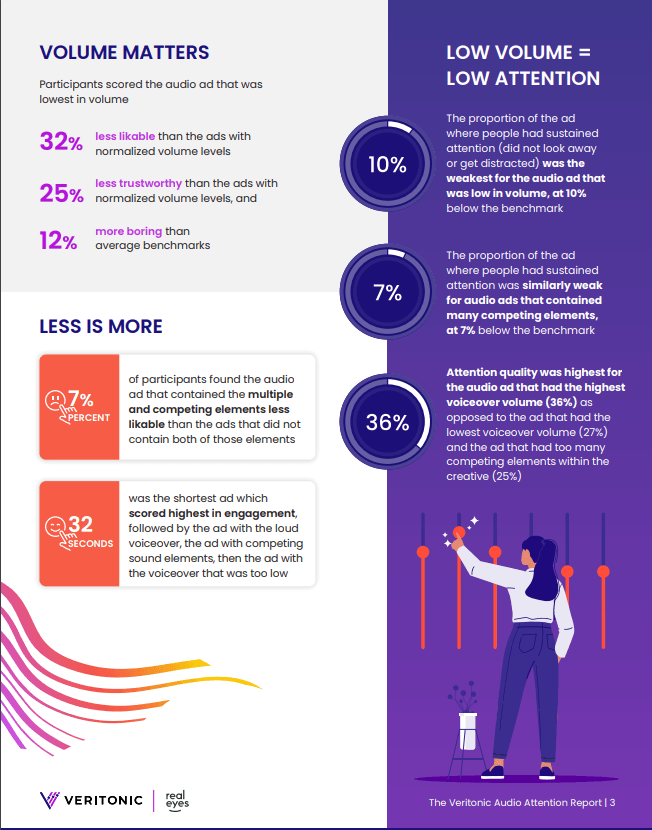Audio analytics company Veritonic has partnered with RealEyes, an AI firm focused on evaluating human response, to create The Veritonic Audio Attention Report. It is the latest example of Veritonic leveraging cutting-edge technology to quantify audio and measure its effects on listeners and general consumers.
This study leverages the RealEyes visual analysis AI, which uses a webcam-on survey process to capture and overlay realtime reactions to hearing ads. The spoken replies of participants were overlayed on the video.
In the survey process, respondents listened to an ad (Veritonic calls it “succinct messaging”) without a music track, then the same message with a music track and louder voiceover. Following that, a longer message with sound effects and normal volume levels, and finally an even longer piece of creative with a voiceover mixed at lower volume than the music. So, four commercial presentations were given to participants, and their reactions collected.
The overarching purpose was to measure listener reactions to poor production values in certain ways. Perhaps unsurprisingly, loud spots held listener attention best. Also, simpler productions — fewer competing elements — were received well.
This work is targeted to advertisers, naturally, promising that effective audio advertising can yield “disproportionately large returns,” in Veritonic’s words. Veritonic claims the report delivers “the new gold-standard tool enabling advertisers to create more effective audio advertising.”
The graphic below summarizes some of the results. Get the original HERE.
It’s not just a question of loudness and quietness in the audio production, though. Production complexity worked against favorable results. “The inclusion of multiple competing audio elements within an audio ad caused listeners to feel less engaged with the ad,” the report states.


